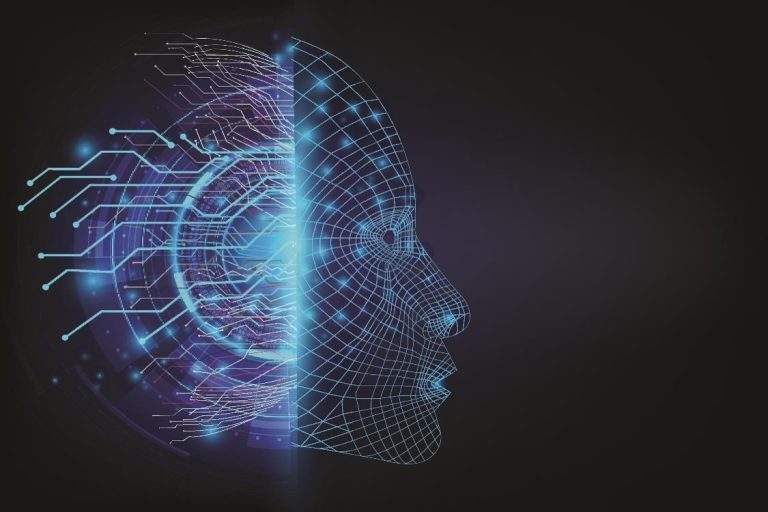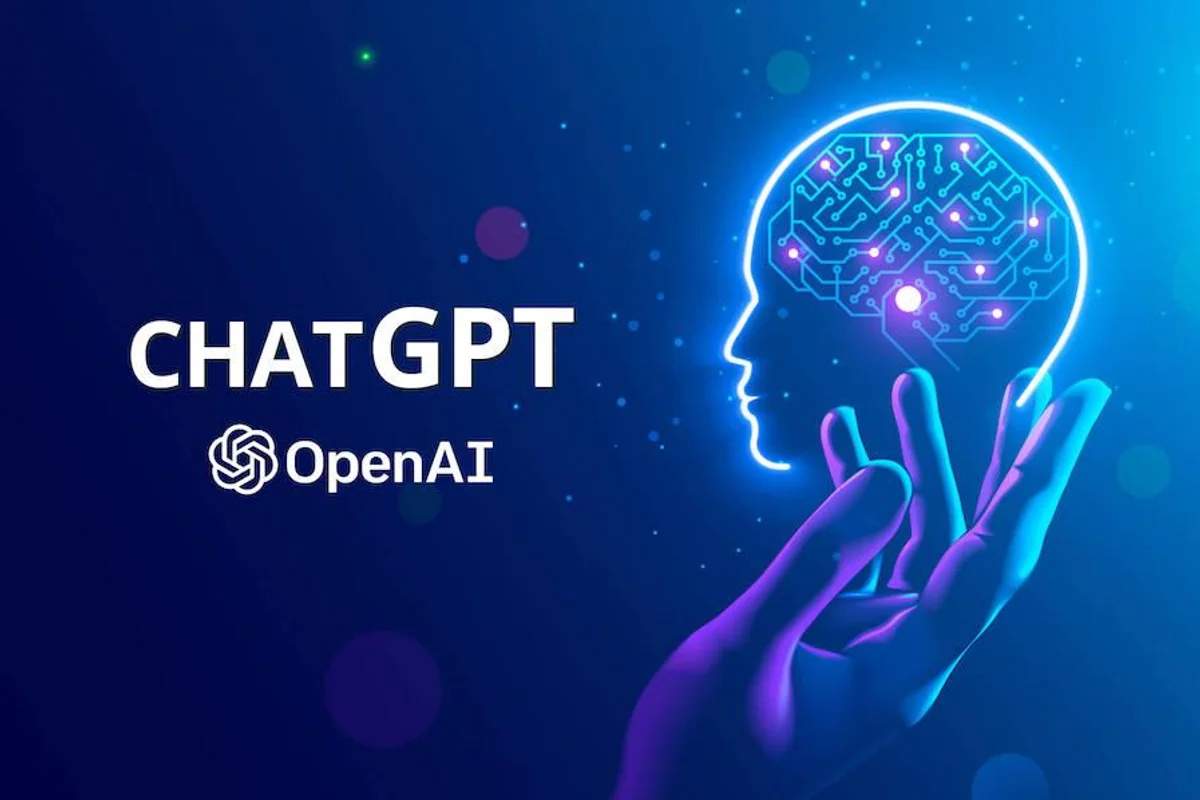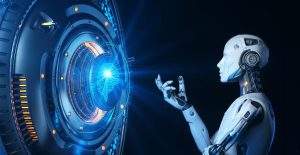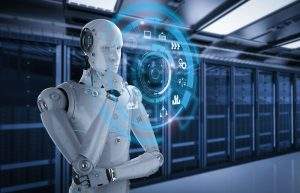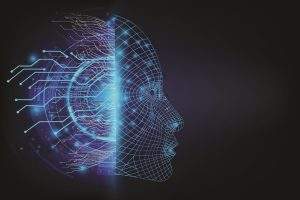Artificial Intelligence (AI) and neuroscience are two fascinating fields that have revolutionized our understanding of the world around us. When combined, these fields give birth to a new discipline called AI neurology. AI neurology is the study of artificial intelligence systems that simulate the behavior of biological neurons. In this article, we will explore the basics of AI neurology, including the history, concepts, and applications.
History of AI Neurology
The history of AI neurology dates back to the mid-20th century when researchers began exploring the idea of creating computer systems that could simulate the behavior of biological neurons. The first artificial neural network, called the Perceptron, was developed by Frank Rosenblatt in 1957. The Perceptron was a single-layer network that could recognize simple patterns in images. However, it had its limitations and could not handle more complex problems.
In the 1960s and 1970s, researchers continued to explore the potential of artificial neural networks. However, progress was slow due to limitations in computing power and the lack of large datasets. In the 1980s, a new approach to neural networks, called backpropagation, was developed. Backpropagation allowed neural networks to learn from data more efficiently, and this led to renewed interest in AI neurology.
In the 1990s, advancements in computing power and the availability of large datasets led to significant progress in AI neurology. This decade saw the development of deep neural networks, which are artificial neural networks with many layers. Deep neural networks were able to learn from large datasets and perform complex tasks, such as speech recognition and image classification.
In the 2000s, AI neurology continued to advance, and neural networks were used in a wide range of applications, including robotics, natural language processing, and autonomous vehicles. In 2012, a deep neural network called AlexNet won the ImageNet challenge, a competition for image classification algorithms. AlexNet significantly outperformed all other algorithms and demonstrated the potential of deep neural networks.
Concepts of AI Neurology
The human brain is a complex network of neurons that communicate with each other through electrical and chemical signals. Artificial neural networks (ANNs) are computer systems that simulate the behavior of biological neurons. ANNs are composed of many interconnected nodes that perform simple computations. The nodes are organized into layers, and each layer processes information in a different way.
The basic building block of an ANN is a neuron, which is a mathematical function that takes input signals and produces an output signal. Each neuron is connected to other neurons through a set of weights, which determine the strength of the connection. During training, the weights are adjusted so that the network can learn to produce the correct output for a given input.
Deep neural networks (DNNs) are ANNs with many layers. DNNs are able to learn more complex patterns than single-layer networks because they can represent more abstract concepts. DNNs are used in a wide range of applications, including image and speech recognition, natural language processing, and robotics.
Applications of AI Neurology
AI neurology has many practical applications in a wide range of industries. Here are a few examples:
- Healthcare: AI neurology is being used to develop new diagnostic tools and treatments for diseases like Alzheimer’s and Parkinson’s. AI systems can analyze medical images and identify patterns that are difficult for human doctors to see.
- Finance: AI neurology is being used to detect fraud in financial transactions. AI systems can learn to recognize patterns that are indicative of fraud and alert authorities.
- Transportation: AI neurology is being used to develop autonomous vehicles. Deep neural networks can learn to recognize objects on the road and make decisions about how to drive.
- Education: AI neurology is being used to develop adaptive learning systems that can personalize the learning experience for individual students. These systems can analyze a student’s performance and adjust the difficulty level of the material accordingly.
- Robotics: AI neurology is being used to develop robots that can navigate complex environments and perform tasks that require a high degree of dexterity. Neural networks can learn to recognize objects and plan movements based on sensory input.
- Marketing: AI neurology is being used to analyze customer behavior and develop targeted marketing campaigns. AI systems can learn to recognize patterns in customer data and make predictions about future behavior.
- Gaming: AI neurology is being used to develop intelligent game agents that can learn to play games at a high level. Neural networks can learn to recognize patterns in game data and make decisions based on those patterns.
Challenges and Future Directions
Despite the many advances in AI neurology, there are still many challenges that need to be addressed. One major challenge is the lack of interpretability of neural networks. Neural networks are often considered “black boxes” because it is difficult to understand how they arrive at their decisions. This is a major problem in fields like healthcare, where decisions made by AI systems can have life-or-death consequences.
Another challenge is the lack of robustness of neural networks. Neural networks can be fooled by adversarial examples, which are inputs that are intentionally designed to cause the network to make a mistake. This is a major problem in fields like transportation and robotics, where mistakes can have serious consequences.
Despite these challenges, the future of AI neurology looks bright. Researchers are working on developing more interpretable and robust neural networks, as well as new approaches to training and optimization. AI neurology has the potential to revolutionize many fields, from healthcare to transportation to education. As computing power continues to increase and new algorithms are developed, the possibilities for AI neurology are endless.
AI neurology is a fascinating and rapidly evolving field that combines the power of artificial intelligence with the complexity of the human brain. The history of AI neurology is marked by many breakthroughs and advancements, and the field continues to advance at a rapid pace. AI neurology has many practical applications in a wide range of industries, and it has the potential to revolutionize the way we live, work, and learn. Despite the challenges that remain, the future of AI neurology looks bright, and we can expect to see many exciting developments in the years to come
If you want to study AI neurology, there are several steps you can take to get started:
- Learn the basics of neuroscience: A good understanding of neuroscience is essential to understanding AI neurology. You can start by reading books or taking online courses on the basics of neuroscience.
- Learn the basics of artificial intelligence: You should also have a basic understanding of artificial intelligence, including machine learning and deep learning. Again, you can read books or take online courses to learn the basics.
- Study neural networks: Neural networks are at the heart of AI neurology, so it’s important to understand how they work. You can start by studying the basics of artificial neural networks, such as the Perceptron, and then move on to more advanced topics like deep neural networks.
- Practice with programming languages: To work with AI neurology, you’ll need to know how to program. Python is the most popular programming language for AI, and there are many resources available to learn Python.
- Work on projects: To gain practical experience, it’s important to work on AI neurology projects. You can start by working on simple projects like image recognition and then move on to more complex projects like natural language processing and robotics.
- Stay up-to-date: AI neurology is a rapidly evolving field, so it’s important to stay up-to-date with the latest research and developments. You can do this by reading research papers, attending conferences, and following experts on social media.
studying AI neurology requires a strong foundation in both neuroscience and artificial intelligence, as well as practical experience with programming and working on projects
Here are some books on AI neurology that you may find helpful:
- “The Deep Learning Revolution” by Terrence J. Sejnowski : This book provides an overview of deep learning, a type of machine learning that is inspired by the structure and function of the brain.
- “Artificial Intelligence: A Modern Approach” by Stuart Russell and Peter Norvig : This is a comprehensive textbook on artificial intelligence that covers the basics of AI, including neural networks and deep learning.
- “Neural Networks and Deep Learning: A Textbook” by Charu Aggarwal : This book provides an in-depth look at neural networks and deep learning, including the mathematical principles behind these techniques.
- “Theoretical Neuroscience” by Peter Dayan and L. F. Abbott : This is a textbook on theoretical neuroscience that covers the basics of neural computation and learning.
- “Foundations of Machine Learning” by Mehryar Mohri, Afshin Rostamizadeh, and Ameet Talwalkar : This book provides an introduction to machine learning, including neural networks and deep learning.
- “The Brain That Changes Itself” by Norman Doidge : This book explores the plasticity of the brain and how it can change and adapt to new situations, which is a key concept in AI neurology.
These books should give you a solid foundation in AI neurology, from the basics of artificial neural networks to the latest developments in deep learning and machine learning

